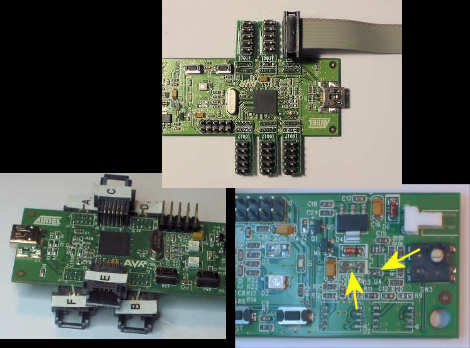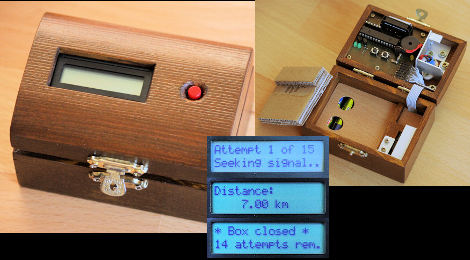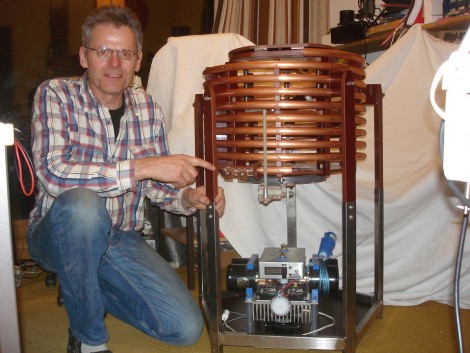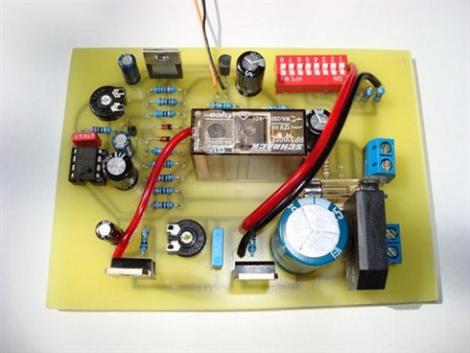[youtube=http://www.youtube.com/watch?v=w_jwcCseDk0]
[Dale Dougherty] interviews [Steven Levy] about the history of hacking. [Levy]’s book Hackers has been released in a 25th anniversary edition. The interview alone is fascinating and the book is a must read for any hacker. If they offered a course in hacker culture somewhere, we’re positive that this book would be the textbook. The 25th anniversary edition has been updated to include major figures from the last 25 years including [Bill Gates], [Steve Wozniak] and others that have impacted our lives drastically.
[via MakeZine]















